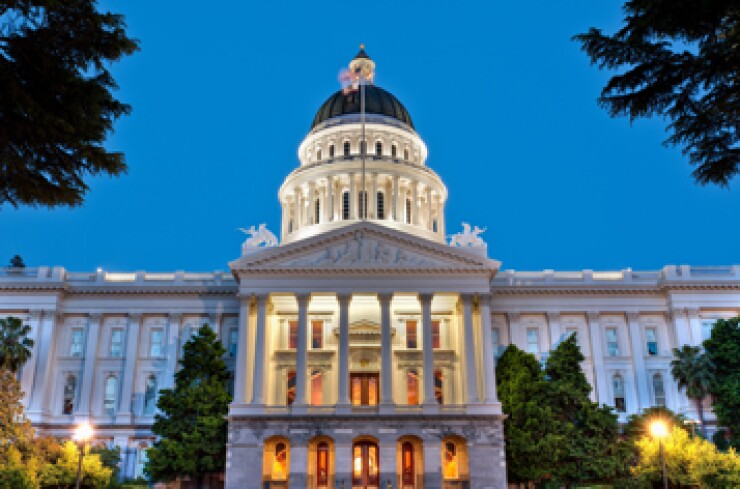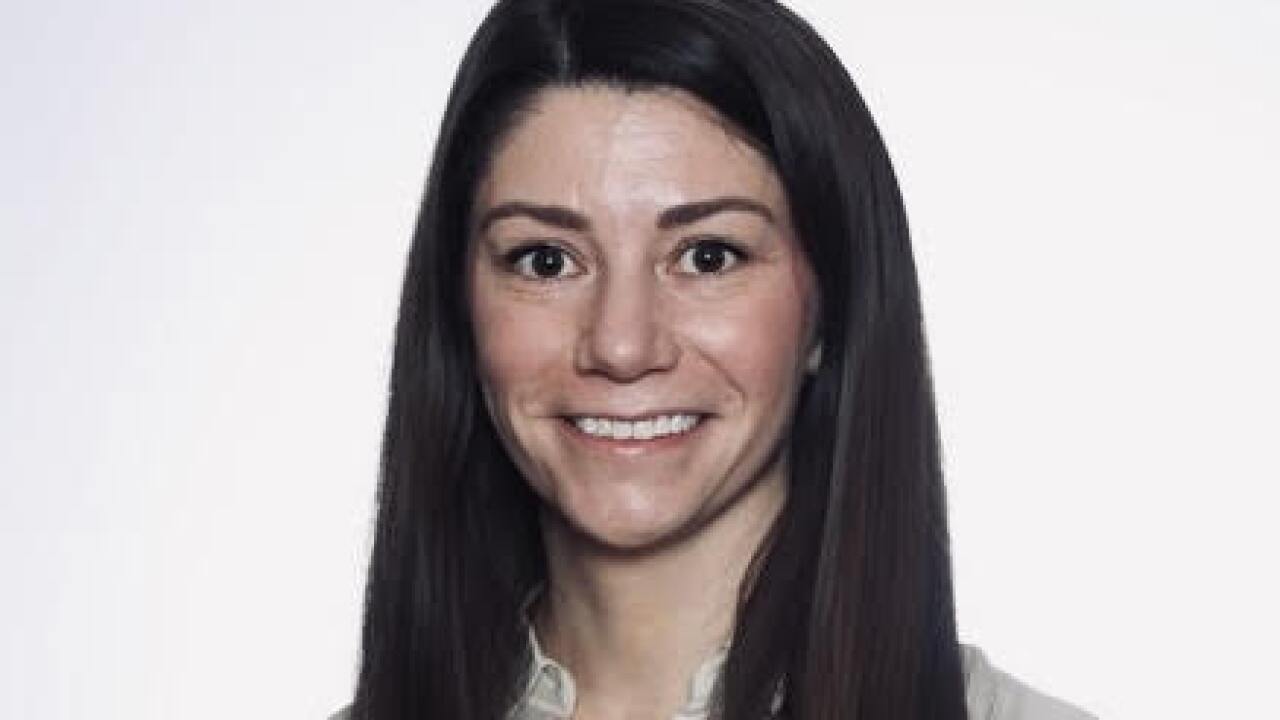Takeaways:
- Public cat model will be alternative to insurers' proprietary models
- FAIR Plan bonds will increase liquidity and fund claims payments
- Grants for fire-safe roofs and fire mitigation
California's governor has signed several measures passed by the state legislature intended to address the state's wildfire-fueled insurance crisis.
On October 10, Gov. Gavin Newsom signed

"Homeowners shouldn't be left in the dark about how decisions about their insurance are made," stated Sen. Dave Cortese, author of SB 429,

Carmen Balber, executive director, Consumer Watchdog, stated in a press release, "Homeowners are fed up with insurance companies' black-box models that penalize consumers for fire risk but refuse to explain how they calculate it. A fully transparent wildfire model will level the playing field and empower consumers to keep their insurance and make their homes and communities safer."
The governor also signed five other bills, including
- SB 495, Eliminate "The List" Act. This bill requires insurers to pay policyholders 60% of personal property coverage limits in a declared emergency, without having to submit a detailed inventory list. The bill also gives consumers at least 100 days to submit proof of losses to their insurer.
- SB 547, the Business Insurance Protection Act. Extends the Wildfire Safety and Recovery Act of 2018 prohibition on non-renewals of residential property insurance for one year, to also apply to commercial policies, covering businesses, homeowners' associations (HOAs), condominiums, affordable housing units, and non-profits.
- AB 888, the California Safe Homes Act. Establishes a grant from the California Department of Insurance (CDI) to help residents get new or replacement fire-safe roofs and to implement fire mitigation measures.
- AB 1, the Insurance and Fire Safety Act. Requires CDI to regularly review Safer from Wildfires regulations to reflect advances in science, safety and mitigation.
In a related development, Consumer Watchdog is supporting an






